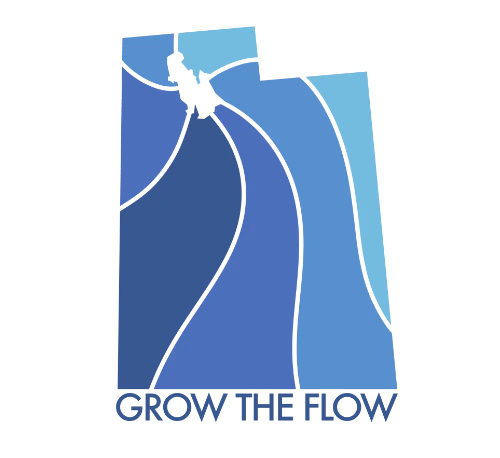Nineteen new dust monitors are being installed in communities around Great Salt Lake and in the West Desert, marking the state’s most significant step yet toward understanding and addressing the lake’s growing dust problem. As Great Salt Lake shrinks and hundreds of square miles of dry lakebed are exposed, communities along the Wasatch Front face an escalating public health risk: airborne dust that can carry fine particles and toxic elements like arsenic, lead, and lithium.
Until now, Utah has had only four dust-specific monitors in place—nowhere near enough to determine where the dust is coming from, when it’s most dangerous, or what exactly is in it. But thanks to a $1 million investment approved for the upcoming fiscal year, Utah Division of Air Quality will deploy a statewide network of 19 monitors—each designed to track, measure, and analyze airborne dust events.
Some of the new monitors will offer continuous real-time data, measuring PM2.5 and PM10 levels as storms unfold. Others will be filter-based, capturing dust samples that can later be tested in a lab to identify chemical composition. These tools are critical for distinguishing whether dust originates from the Great Salt Lake’s exposed lakebed, the West Desert, the Sevier Dry Lake, or other dried bodies of water across the region.
Most of the monitors will be placed along the Wasatch Front, in areas where millions of Utahns live, work, and go to school. Others will be stationed near known dust “hotspots,” including Farmington Bay and Bear River Bay, where the lakebed is especially vulnerable to wind erosion. Additional monitors will be placed in remote locations near Utah’s western border to help differentiate local dust from sources farther afield.
This new network will help fill major gaps in the state’s current air monitoring system, which focuses heavily on PM2.5 and ozone but often misses the larger PM10 particles most associated with dust storms. It also lays the foundation for a better public warning system—one that could alert Utahns when toxic dust levels spike, especially for those with asthma or other respiratory conditions. Beyond public health alerts, the data collected from these monitors will inform long-term modeling and mitigation, according to the Utah Department of Environmental Quality.
“Getting better science around this is going to help us make better decisions,” Gov. Spencer J. Cox said in his monthly news conference.
This new network won’t solve the dust crisis overnight—but it arms decision-makers with the evidence they need to act. By investing in better tools and listening to public concern, Utah is beginning to build the foundation for real action on one of the state’s most urgent environmental threats.
